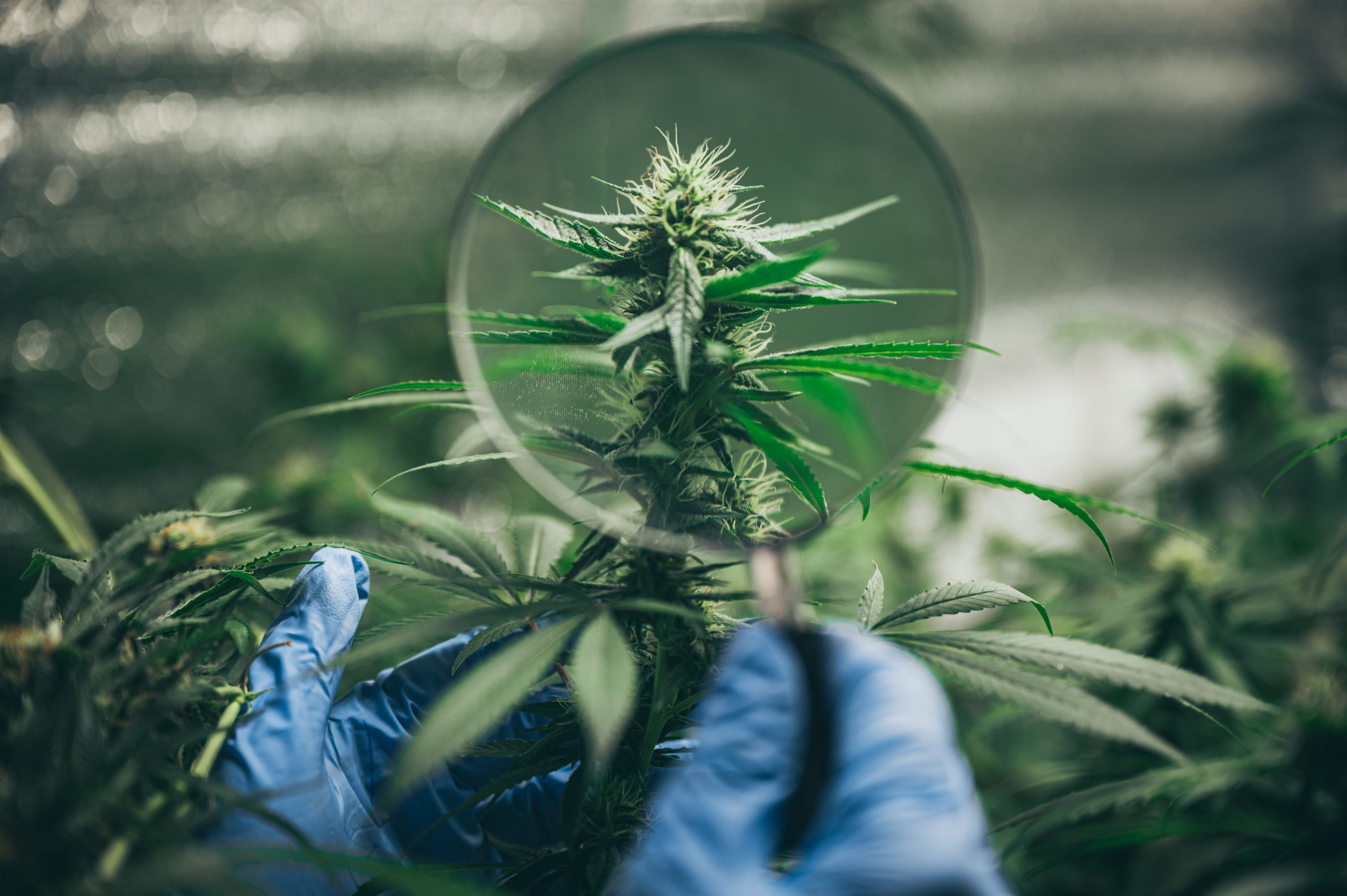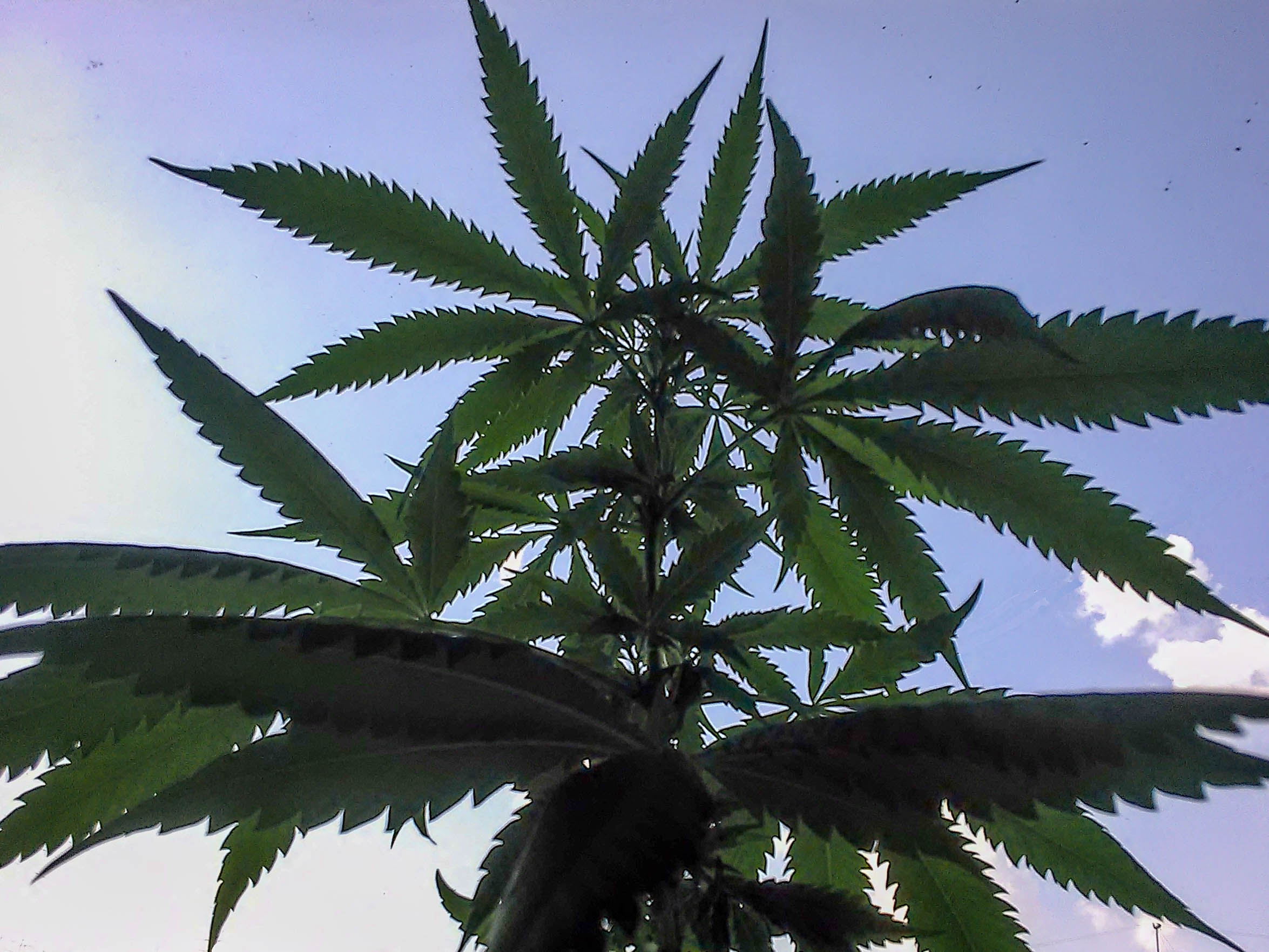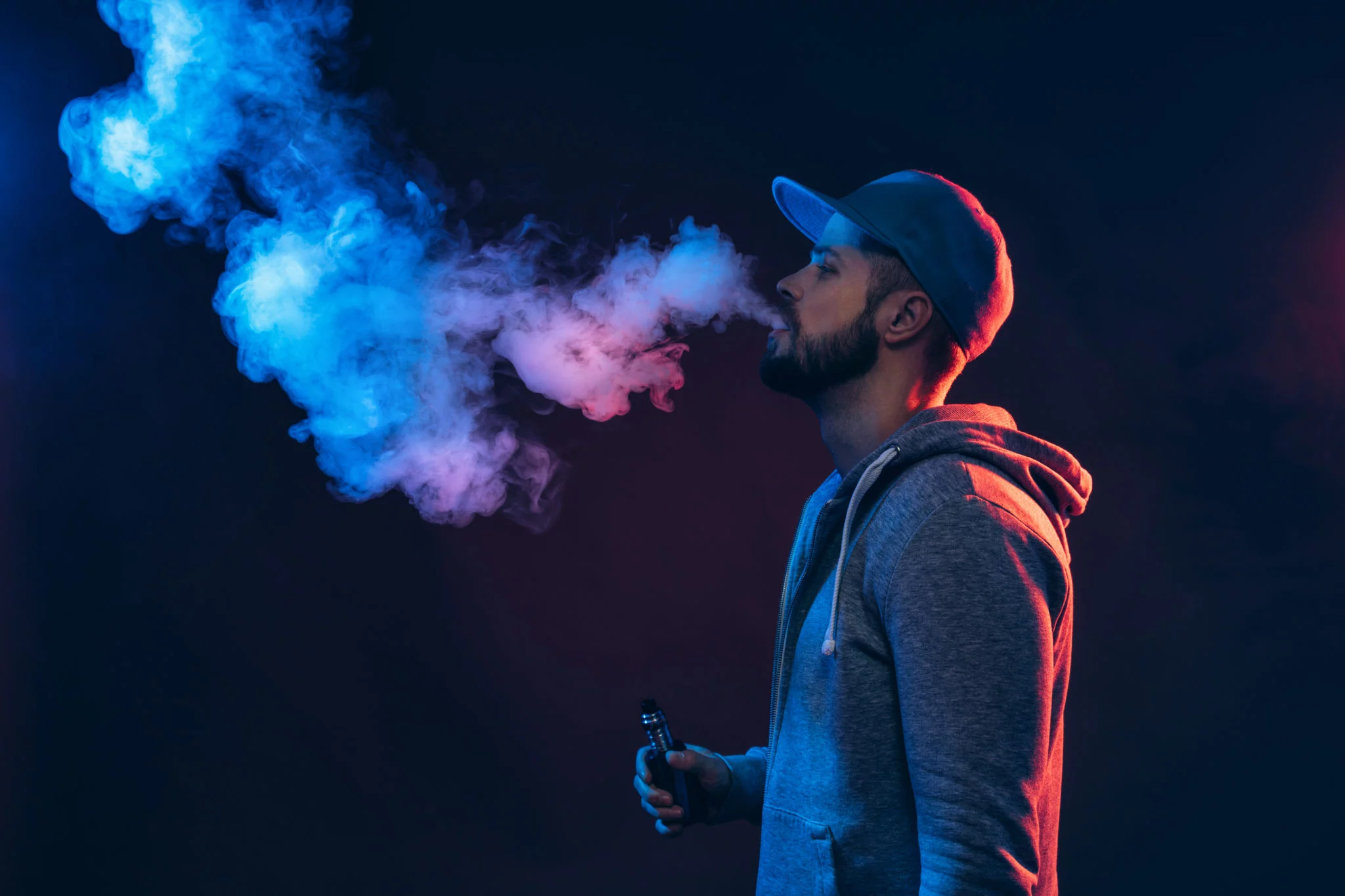All About THC
The cannabinoid THC (Tetrahydrocannabinol) is one of the active compounds in cannabis that can be confidently labeled as controversial. While one side criticizes its strong psychoactive and euphoric effects, the other praises its therapeutic use, which is becoming popular even in conservative parts of Eastern Europe. The interest, however, is not only in the organic THC Delta-9, but also in more stable and effective lab-made alternatives such as Delta-8, Delta-10, HHC, or the lesser-known THC-O, which are created by chemical conversion of readily available cannabinoids like CBD (Cannabidiol).
What else do we know about the psychoactive and euphoric tetrahydrocannabinol? What’s the difference between the organic substance from the plant and the synthetic alternatives? Do they have different effects?
🔬 What is THC?
THC is one of more than 110 known cannabinoids that make up the chemical structure of the cannabis plant. There are strains with low THC content and strains with high THC content, the latter commonly referred to as marijuana. However, marijuana is not the only source of this popular psychoactive compound — it can also be synthesized in a lab. For example, in the United States, it’s common to convert easily accessible cannabinoids like CBD into less accessible ones like Delta-8 or Delta-10.
“The compound was first discovered and isolated by Bulgarian-born chemist Raphael Mechoulam in Israel in 1964. It was found that when smoked, tetrahydrocannabinol is absorbed into the bloodstream and travels to the brain, where it binds to naturally occurring endocannabinoid receptors.” – WIKIPEDIA.ORG
⚡ What Are THC’s Effects?
In simple terms, THC can be considered an addictive substance with euphoric, sedative, and psychoactive effects, acting on the brain’s reward system. It alters the user’s consciousness, encourages deep thinking, and can open the doors to the subconscious, where past traumas may reside. Paradoxically, there are cases where long-term users have developed deeper depression than before they started using THC. However, with prolonged use, THC is also linked to the creation of euphoria and a good mood, which contributes to developing a dependency.
🧪 How Is THC Formed?
Delta-9 THC forms in cannabis during the plant’s growth through the transformation of the cannabinoid CBG (Cannabigerol), which is also the precursor to CBD. Although their chemical structures are similar, CBG and CBD are not psychoactive or addictive because they interact differently with CB1 and CB2 receptors in the body. Crucially, marijuana is not the only source of THC.
In the 21st century, it is quite easy to produce affordable synthetic THC alternatives from legally available cannabinoids like CBD. Popular ones include Delta-8, Delta-10, THC-O, and the increasingly sought-after HHC, especially in the U.S., where vaping products containing cannabinoid derivatives are booming.
📜 THC Legality in Slovakia
Is THC legal in Slovakia? Does Slovak law allow the sale of cannabis products with psychoactive effects?
No, cannabis with high THC content is banned in Slovakia because THC is listed as a controlled psychoactive substance. Possession or trafficking of larger quantities can lead to severe penalties, which have become even stricter following recent legal amendments. However, a casual user with a joint or a small amount (e.g., one gram) will likely receive just a minor fine.
🧬 Types of THC
Does THC come in different types?
Yes. There’s:
-
Delta-9 THC, which naturally occurs in cannabis
-
Delta-8 and Delta-10, which are semi-synthetic cannabinoids
-
THC-O, known for its potent psychedelic effects
Why are these derivatives so popular in the U.S.?
“Delta-8 and Delta-10 are milder and generally less intoxicating than traditional Delta-9 THC. Delta-8 is known for its sedative effects, while Delta-10 is associated with a more energizing, sativa-like high. THC-O is significantly stronger than Delta-8, Delta-10, and even regular THC.” – LEAFLY.COM
🔹 Delta-8 THC
Delta-8 became popular in the U.S. after the 2018 Farm Bill, which allowed the sale of hemp products with less than 0.3% Delta-9 THC. This led to a flood of legally sold psychoactive products containing derivatives from CBD. Delta-8 has effects similar to THC but is not yet federally classified as a controlled substance.
🔹 Delta-10 THC
While similar to Delta-8, Delta-10 offers a more uplifting effect — more like sativa strains than indica. Users often combine both for balanced effects. Delta-10 is usually consumed through vaping.
🔹 THC-O (Acetate)
THC-O acetate is produced by modifying CBD extract with acetic anhydride, creating a potent semi-synthetic psychoactive compound. It is reportedly up to three times stronger than organic Delta-8 THC.
“Researchers tested the compound on dogs. By the end of the experiment, the dogs had lost significant control over their motor functions.” – LEAFLY.COM
🌿 Therapeutic Use of THC
THC is used medicinally in progressive countries, including Czechia, to treat conditions like:
-
Cancer
-
Chronic pain
-
Severe insomnia
For example, St. Anne’s University Hospital in Brno grows its own indoor cannabis and supplies it to patients through prescription vaporizers certified for medical use. Vaping is considered one of the safest and most effective ways to consume cannabinoids.
🩹 Pain Management
Doctors in some countries prescribe THC for chronic pain. A recent study claims it can be as effective as opioids, especially when combined with higher concentrations of CBD. However, long-term safety remains uncertain.
“New research shows that THC may relieve chronic pain as effectively as opioids and other common treatments. Long-term safety is still uncertain.” – WEBMD.COM
😴 Sleep
Even small doses of THC can have a sedative effect, improving sleep quality — but only in the short term. With prolonged use, THC may worsen sleep quality, and users often experience difficulty sleeping without it.
🍽️ Appetite Stimulation
A study in the U.S. National Library of Medicine showed that THC use significantly increased plasma levels of ghrelin and leptin, hormones responsible for hunger. The study used both active joints and placebo joints with cannabis that had no THC.



